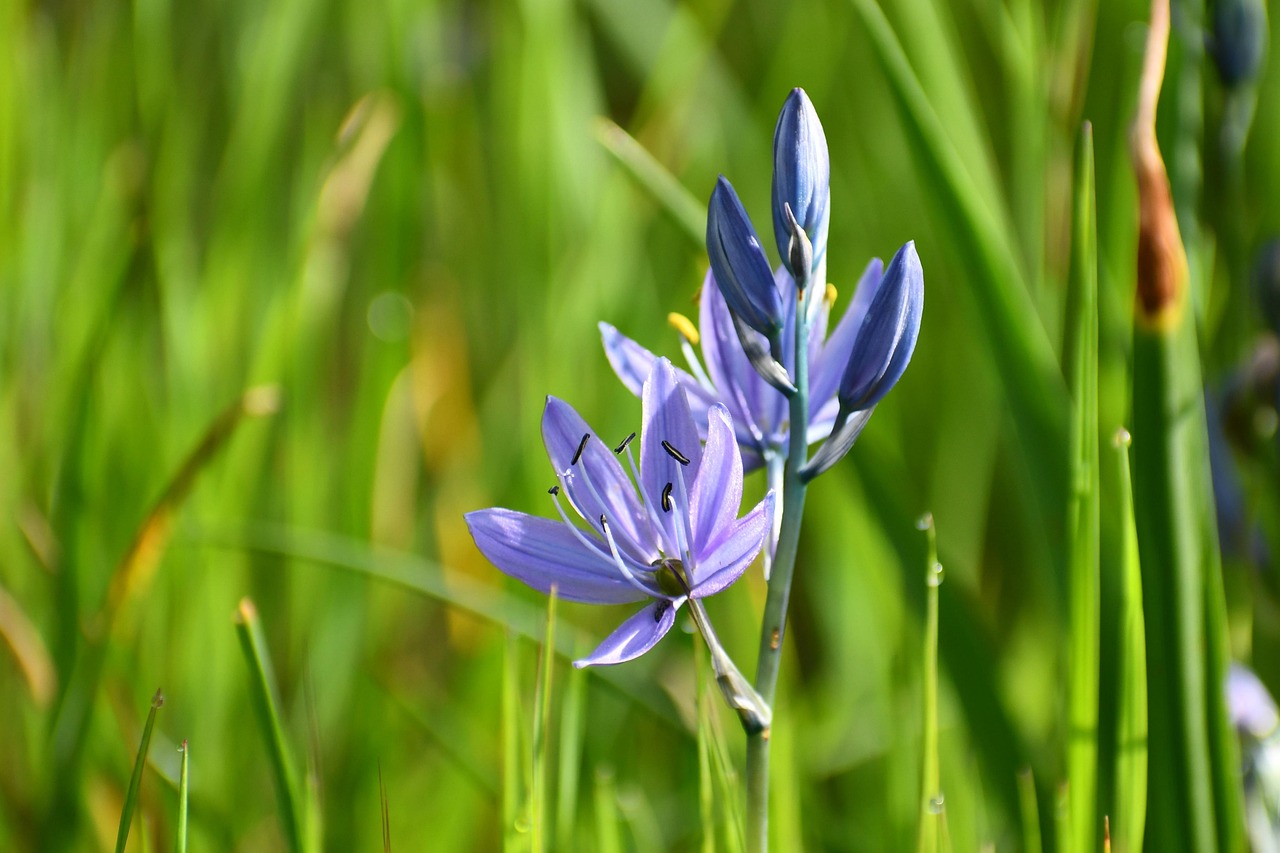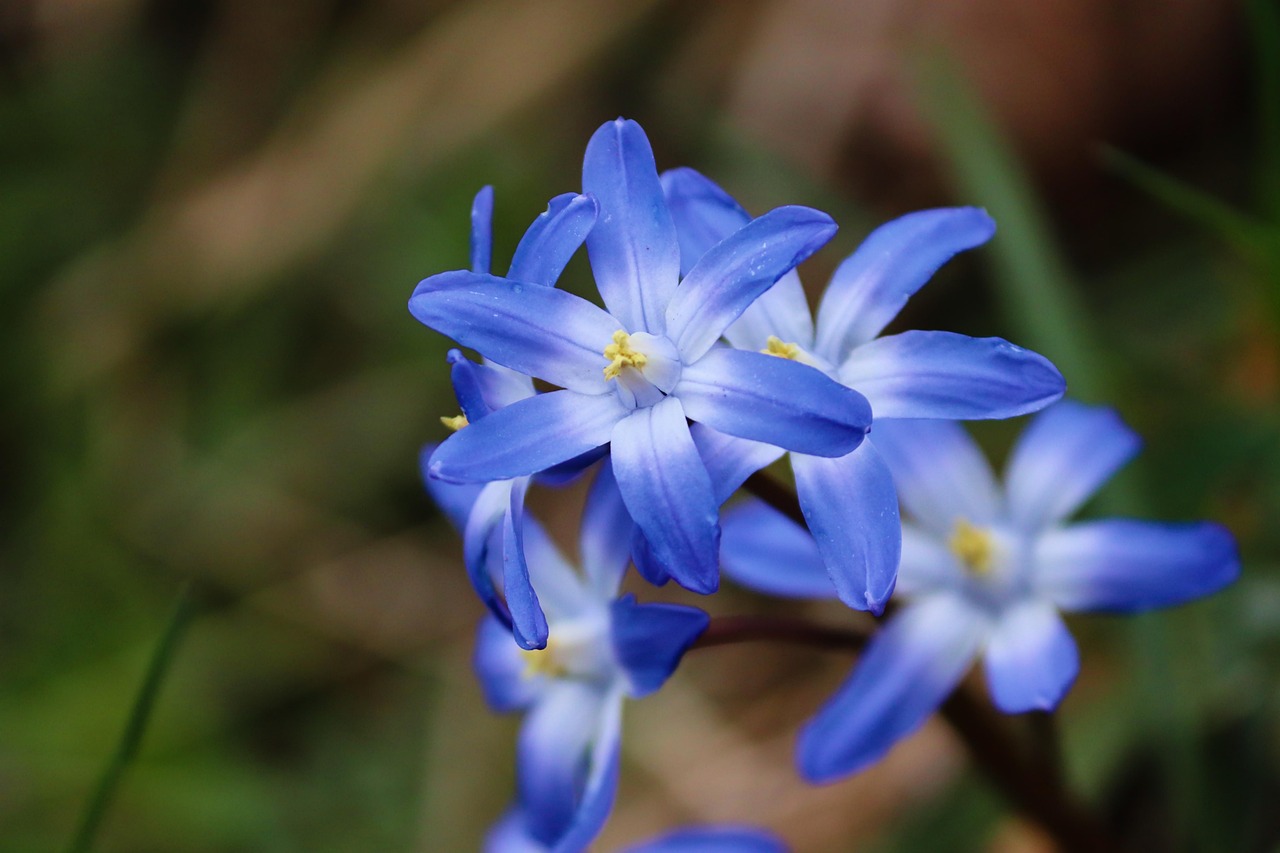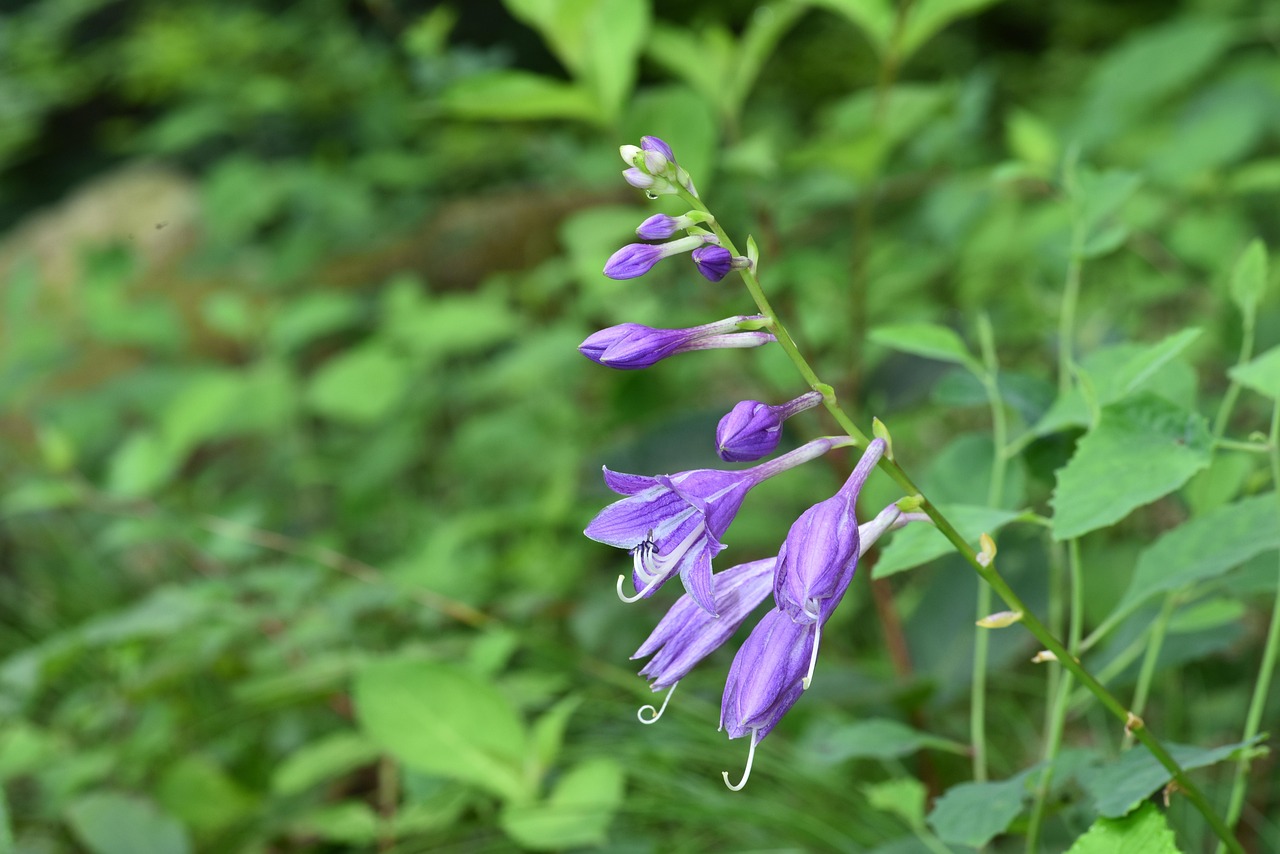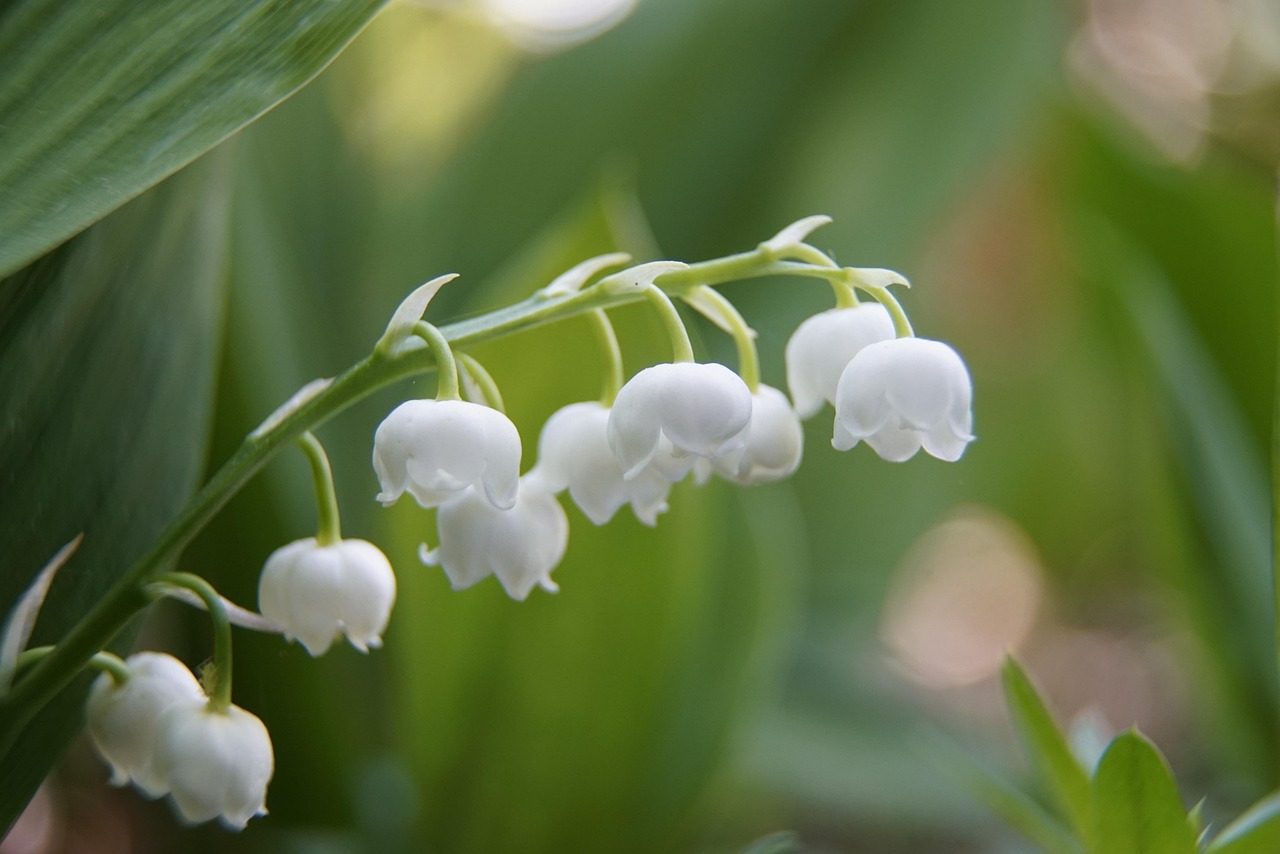Hyacinthoides | A Carpet of Bluebells Spreading Through the Forests of England
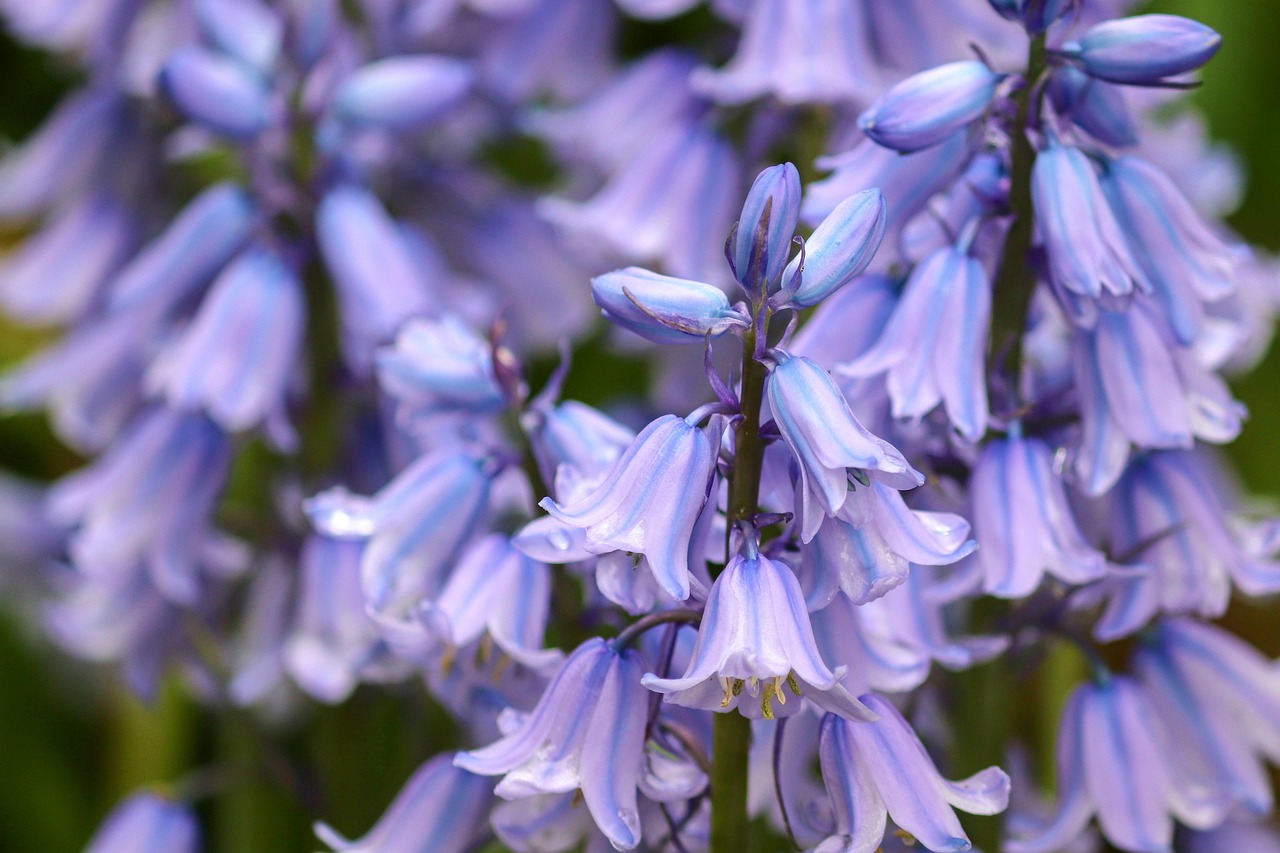
Hyacinthoides is a bulbous plant that produces elegant, bell-shaped flowers. With its soft hues and delicate appearance, it has long been cherished across Europe.
It is well suited for natural-style gardens and thrives in clusters, creating a beautiful spring landscape.
In this article, I will introduce the essential information about Hyacinthoides, its cultural and historical background, as well as practical tips for cultivation.
Basic Information
- Scientific name: Hyacinthoides spp.
- Family: Asparagaceae
- Origin: Western Europe, Mediterranean coastal regions
- Appearance: Slender stems bearing many gracefully drooping bell-shaped flowers. Flower colors vary depending on the variety, including blue-violet, pink, and white.
- Blooming season: Spring (April–June)
Cultural Significance Around the World
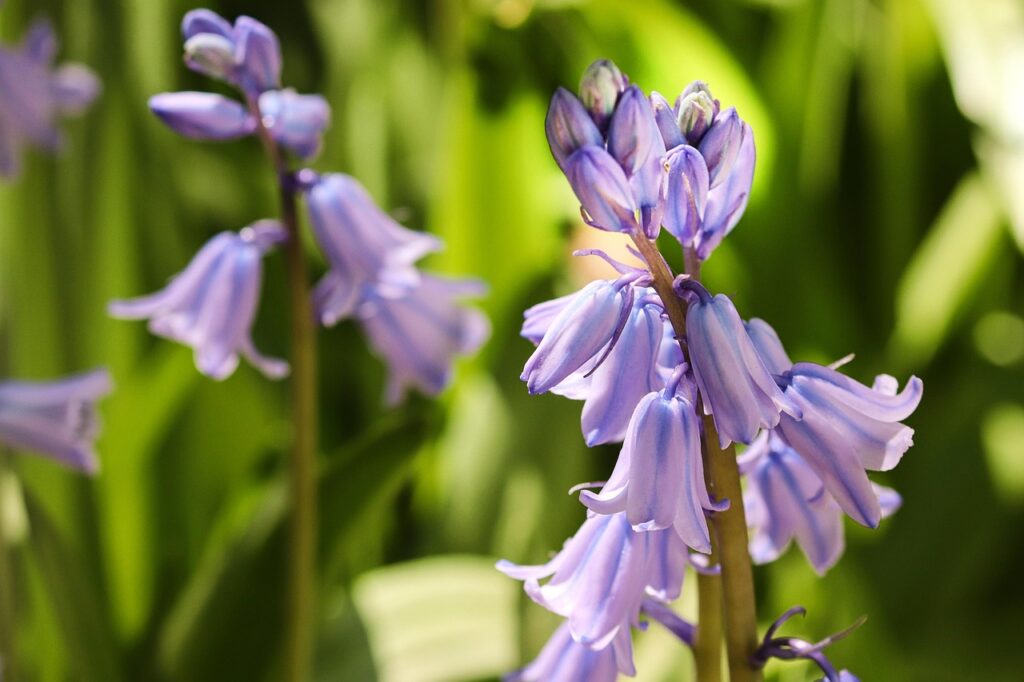
Hyacinthoides is widely recognized in European countries such as England and France as a flower that heralds the arrival of spring.
In England, it is known as the “Bluebell.” The sight of blue-violet carpets spreading across woodlands is regarded as a symbol of spring. These bluebell woods are deeply loved and often appear in poetry and fairy tales.
In France, the flower is called Jacinthe des bois and has been admired as a beautiful wildflower found in forests and meadows. Within French tradition, its blooming is considered a symbol of purity and renewal, an essential part of experiencing springtime nature.
In Spain, Hyacinthoides hispanica is commonly found. Unlike the English bluebell, it features more upright flower stalks. It is also popular as an ornamental plant in gardens, adding vibrant color to spring flower beds.
Historical Background
Hyacinthoides has been valued as part of Europe’s natural heritage since ancient times.
In England, legends dating back to the Middle Ages describe the bluebell as a “flower of the fairies.” Bluebell woods were thought to be mysterious places. According to folklore, fairies were said to hide within the flowers, and harming them would invoke their anger.
During the 19th century, selective breeding began in England and France, and Hyacinthoides hispanica was introduced. This Spanish variety was more robust and adaptable, leading to its widespread popularity in gardening.
Today, the native English species, Hyacinthoides non-scripta, is protected, while concerns remain about hybridization with the Spanish species.
Gardening Advice
Hyacinthoides requires relatively little maintenance while offering natural beauty. Here are some key points for successful cultivation:
Light
Prefers bright partial shade. Too much direct sunlight may cause the flower color to fade.
Watering
During the growing season (autumn–spring), water moderately when the soil surface dries. Reduce watering during dormancy (summer).
Soil
Well-drained soil is ideal. A mixture of humus-rich soil and sand works well.
Fertilizer
Applying slow-release fertilizer before flowering improves blooms. Avoid over-fertilization.
Planting
Plant bulbs in autumn at a depth of 5–10 cm, leaving space between them to create a natural cluster.
Cold tolerance
Hardy and generally overwinters easily. In colder regions, mulching provides extra protection.
Conclusion
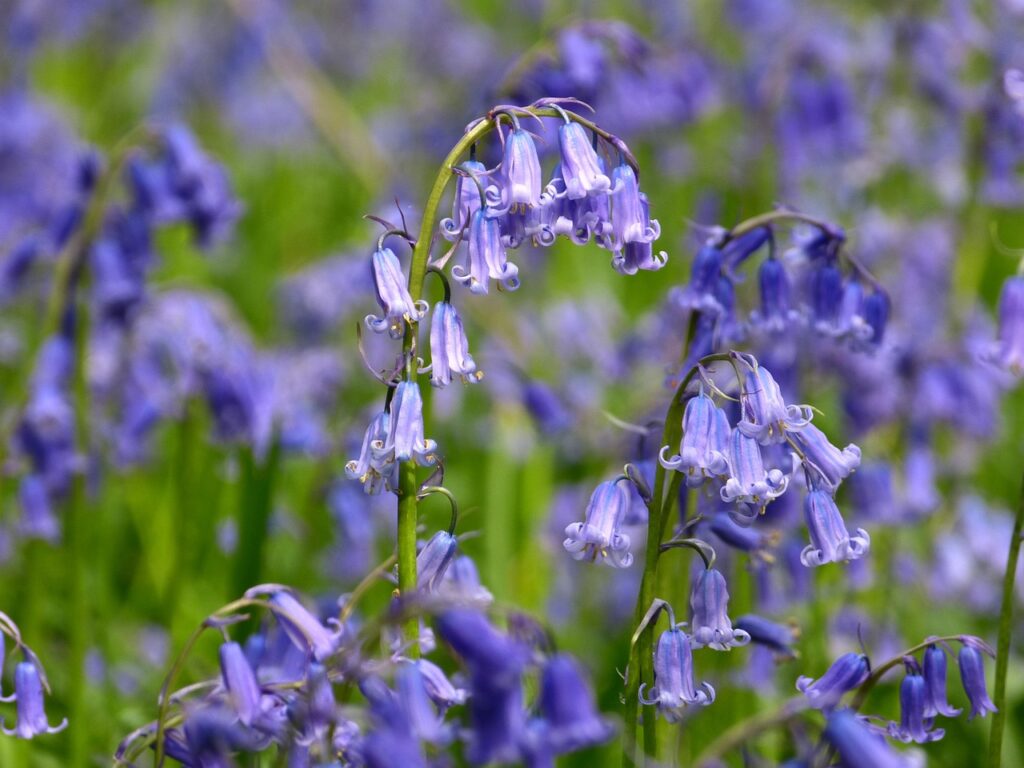
Hyacinthoides has long been admired as a graceful flower that brightens European springs.
In England, it is celebrated as the mystical “Bluebell,” deeply tied to fairy folklore.
In France, it blooms as the wild Jacinthe des bois of the forest, while in Spain it is cherished as an ornamental plant in gardens. In the 19th century, hybrid varieties spread widely across Europe.
In the garden, it thrives in partial shade and creates enchanting spring scenery.
I encourage you to welcome Hyacinthoides into your garden as a plant that adds natural charm to the spring season.


